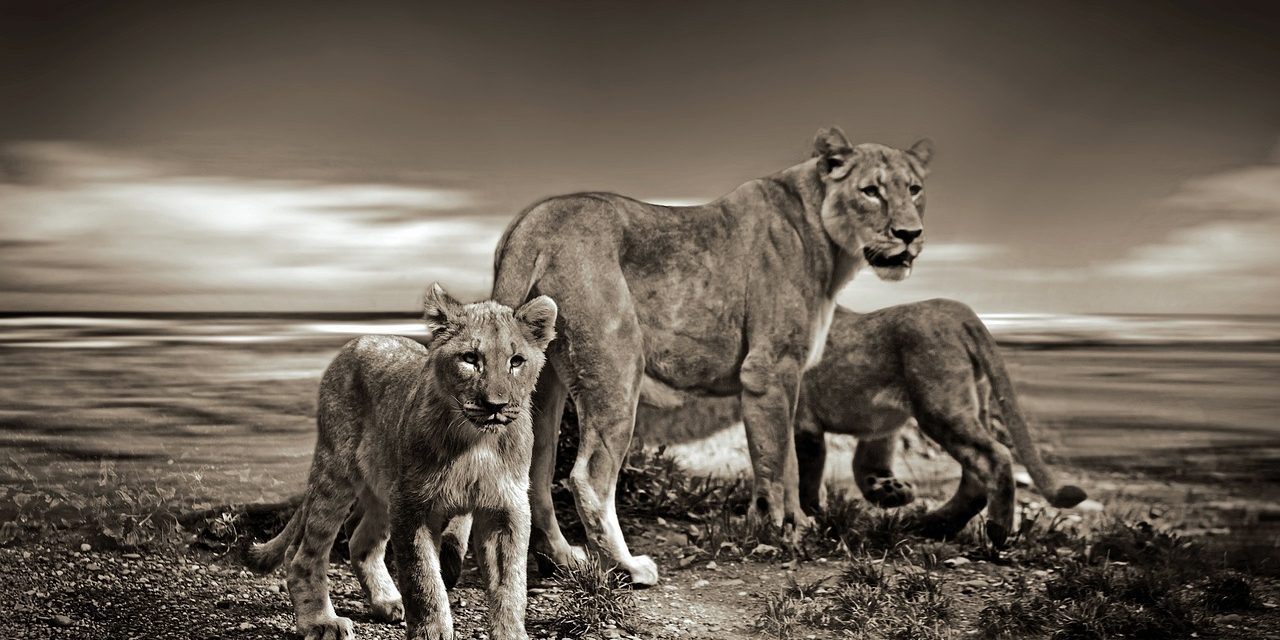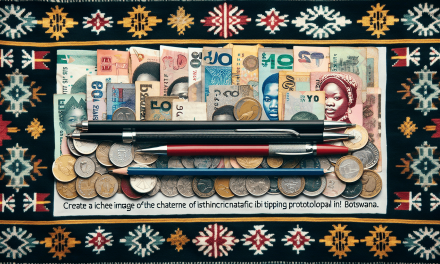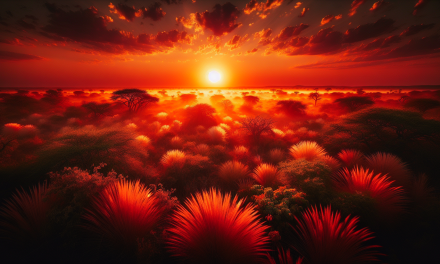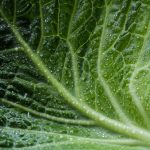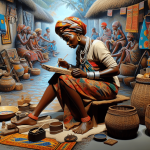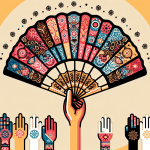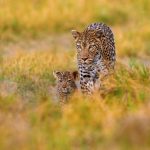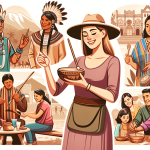If you’re dreaming of embarking on an extraordinary safari adventure in Botswana, you may be wondering when is the best time to unveil the vibrant wilderness that this African gem has to offer. From magnificent wildlife encounters to breathtaking landscapes, Botswana promises an unforgettable experience. But with an array of seasons and climates, choosing the perfect time to visit can be a daunting task. In this article, we’ll guide you through the best times to explore Botswana, ensuring that you make the most out of your enchanting journey.
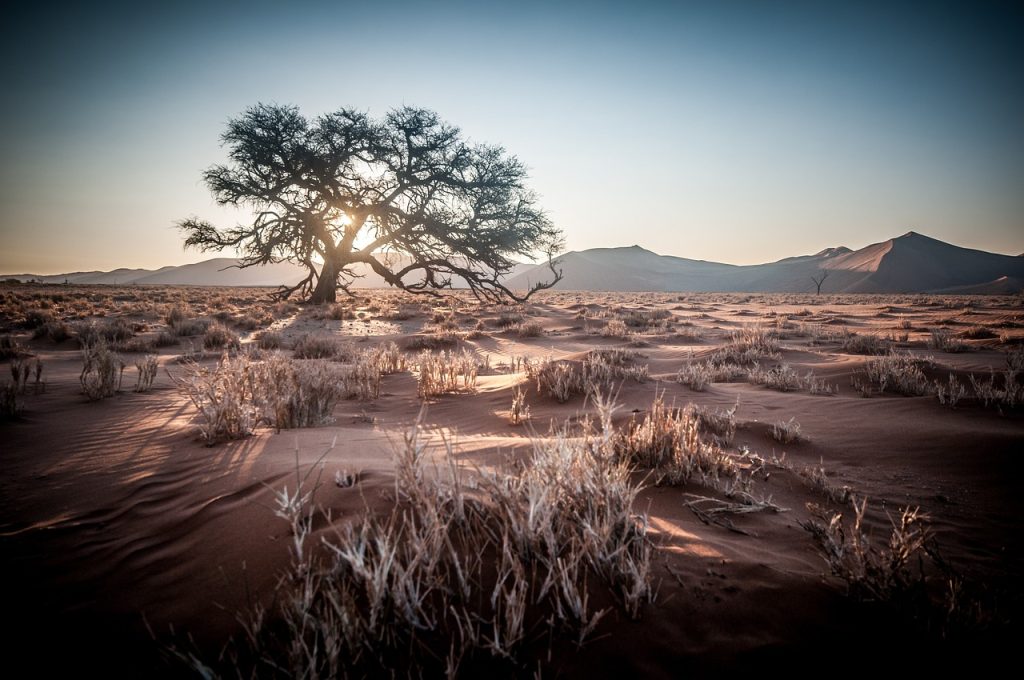
Best Time to Visit Botswana
If you’re considering a trip to Botswana, it’s important to plan your visit based on the country’s seasonal weather, wildlife viewing opportunities, water levels, and activities available. Botswana has a diverse range of ecosystems, from the vast Makgadikgadi Pans and Kalahari Desert to the lush Okavango Delta, each offering unique experiences and landscapes. By understanding the different seasons and their characteristics, you can make the most of your time in this beautiful African country.
Seasonal Weather
Botswana experiences two main seasons – the dry season and the rainy season. The dry season runs from May to October, while the rainy season lasts from November to April. Both seasons have their own advantages and drawbacks, so it’s important to consider your personal preferences and the activities you’d like to engage in before deciding when to visit.
Wildlife Viewing
One of the main reasons travelers flock to Botswana is the incredible wildlife the country has to offer. The best time for wildlife viewing depends on what animals you are hoping to see and in which region of the country. The dry season is generally considered to be the peak time for wildlife sightings, as animals gather around permanent water sources, making them easier to spot. However, the rainy season has its own appeal, as it brings lush greenery and an abundance of birdlife, and it’s also the calving season for many animals.
Water Levels and Activities
Botswana is known for its stunning water-based activities, particularly in the Okavango Delta, Chobe National Park, and Moremi Game Reserve. The best time to enjoy these activities depends on the water levels and the wildlife movements associated with them. During the dry season, water levels are lower, making it easier to explore the delta and rivers on traditional mokoro canoes. In the rainy season, however, the water levels rise, creating a different experience and allowing for more boat-based activities.
Dry Season (May to October)
Weather and Climate
The dry season in Botswana is characterized by clear skies, hot temperatures, and little to no rainfall. It’s the winter season in the Southern Hemisphere, so the nights can be chilly. Daytime temperatures average around 25-30°C (77-86°F) but can rise to over 40°C (104°F) in some areas. The lack of rain also means lower humidity levels, making it a comfortable time to explore the country.
Wildlife Viewing
The dry season is often touted as the best time for wildlife viewing in Botswana. As water sources dry up, animals are drawn to the remaining rivers and waterholes, creating prime game viewing opportunities. The concentration of wildlife around these water sources makes it easier to spot a wide variety of animals, including elephants, lions, giraffes, zebras, and many more.
Activities
The dry season is perfect for a range of activities, including game drives, walking safaris, and guided mokoro excursions. With less standing water, game drives can cover larger areas, increasing the chances of encountering diverse wildlife. Walking safaris provide an up-close and personal experience, allowing you to appreciate the intricate details of the bush. Guided mokoro excursions provide a unique opportunity to glide through the peaceful waterways of the Okavango Delta, spotting wildlife en route.
Crowd Levels
Due to the favorable weather conditions and optimal wildlife viewing, the dry season is the peak tourist season in Botswana. The popular game reserves and national parks can get crowded, especially in the months of July and August. However, Botswana is known for its low-impact tourism policies, and the vast wilderness areas often make you feel like you have the place to yourself.
Rainy Season (November to April)
Weather and Climate
The rainy season in Botswana brings relief from the dry heat, with cooler temperatures and occasional thunderstorms. Daytime temperatures range from 25-35°C (77-95°F) in most areas, with the Central Kalahari experiencing slightly higher temperatures. The nights are still relatively warm, with temperatures rarely dropping below 15°C (59°F). Rainfall can vary significantly across the country, with the northern regions receiving more rain than the southern parts.
Wildlife Viewing
Contrary to popular belief, the rainy season in Botswana can be a fantastic time for wildlife viewing. As the rains arrive, the landscape turns lush and green, attracting a multitude of bird species. It’s also the calving season for many animals, making it a time of new life and abundant sightings of young animals. Additionally, predators are more active during this time, as the availability of prey increases.
Activities
While some activities, such as walking safaris and guided mokoro excursions, may be limited during the rainy season due to the increase in water levels, there are still plenty of options available. Game drives are still possible, although tracks may be muddy and some areas may become inaccessible. The rain also brings out an array of unique plants and insects, offering a different perspective on the natural world.
Crowd Levels
The rainy season is considered the low season in Botswana, and tourist numbers are generally lower compared to the dry season. This means you can experience a more intimate connection with nature and have a chance to explore the wilderness without the crowds. However, it’s essential to note that some lodges and camps may close during this time, so it’s advisable to check availability before planning your trip.
Shoulder Seasons (April-May and September-October)
Weather and Climate
The shoulder seasons in Botswana fall between the dry and rainy seasons. April and May mark the transition from the rainy season to the dry season, while September and October are the months preceding the onset of the rains. Both these periods offer pleasant weather and mild temperatures, making them a fantastic time to visit.
Wildlife Viewing
The shoulder seasons can provide a balance between the dry and rainy seasons, offering excellent opportunities for wildlife viewing. The landscape is still relatively green, and the wildlife is active, making it an ideal time to spot a wide range of species. The transition from the dry season to the rainy season also brings great birding opportunities, with both resident and migrant species making an appearance.
Activities
During the shoulder seasons, you can enjoy a variety of activities, including game drives, walking safaris, and mokoro excursions. The weather is mild, and the animal sightings can be abundant, providing a memorable experience in Botswana’s wilderness areas.
Crowd Levels
Compared to the peak dry season, the shoulder seasons offer a more tranquil atmosphere with fewer tourists. Lodges and camps may still have availability, allowing you to enjoy the wildlife and landscapes without feeling overcrowded.
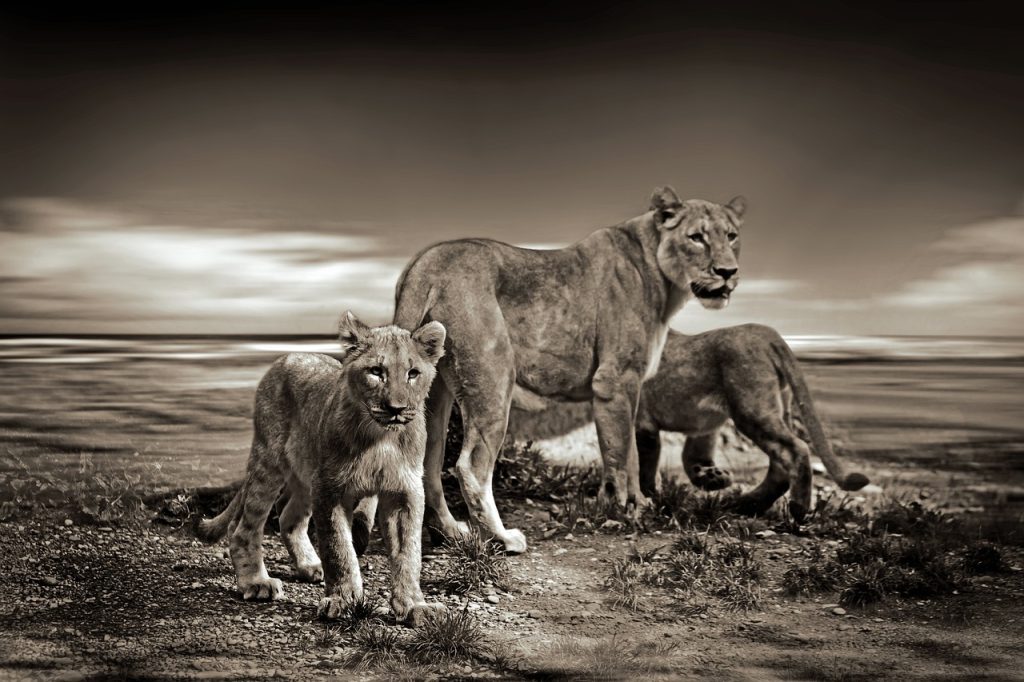
Makgadikgadi Pans and Kalahari Desert
Weather and Climate
The Makgadikgadi Pans and the Kalahari Desert are unique ecosystems in Botswana, each with its own distinct weather and climate patterns. During the dry season, the temperatures can be extreme, with scorching heat during the day and cool nights. In the rainy season, the landscape transforms, and the pans fill with water, attracting migratory birds and other wildlife.
Activities
Exploring the Makgadikgadi Pans and the Kalahari Desert offers a different experience compared to the Okavango Delta and other regions of Botswana. In the dry season, you can witness the vast salt pans and undertake activities such as quad biking, meerkat encounters, and guided walks with the San bushmen. During the rainy season, the pans become a breeding ground for flamingos, and witnessing their colorful presence across the shimmering water is truly remarkable.
Crowd Levels
The Makgadikgadi Pans and the Kalahari Desert are less frequented by tourists compared to other regions in Botswana. This means you can enjoy a more remote and secluded experience, surrounded by the immense beauty of these unique landscapes.
Migration of Zebra and Wildebeest
One of the highlights of visiting the Makgadikgadi Pans during the rainy season is witnessing the annual migration of zebra and wildebeest. These large herds come in search of fresh grazing and water, generating a breathtaking spectacle that showcases the resilience and adaptability of Africa’s wildlife.
Okavango Delta
Weather and Climate
The Okavango Delta is a UNESCO World Heritage Site and a premier destination for wildlife enthusiasts. During the dry season, the temperatures can soar, but the lack of rain means less humidity. In the rainy season, the delta comes alive, and the temperature is more moderate, with occasional thunderstorms providing relief from the heat.
Water Levels
The water levels in the Okavango Delta are closely tied to the rainy season in Angola, which determines the amount of water that flows downstream into the delta. During the dry season, the water levels are lower, creating narrow channels and lagoons. In the rainy season, the water levels rise, flooding vast areas of the delta and enabling water-based activities.
Wildlife Viewing
The Okavango Delta is renowned for its diverse wildlife, including elephants, hippos, crocodiles, lions, leopards, and a rich bird population. During the dry season, the wildlife congregates around permanent water sources, making it an opportune time for game viewing. In the rainy season, the delta transforms into a haven for birdlife and other water-dependent species.
Activities
Exploring the Okavango Delta offers a range of activities, from game drives and walking safaris to mokoro excursions and boat cruises. The dry season allows for traditional game drives and walking safaris, while the rainy season presents the opportunity to experience the delta’s waterways by mokoro or motorboat, witnessing stunning sunsets and incredible birdlife.
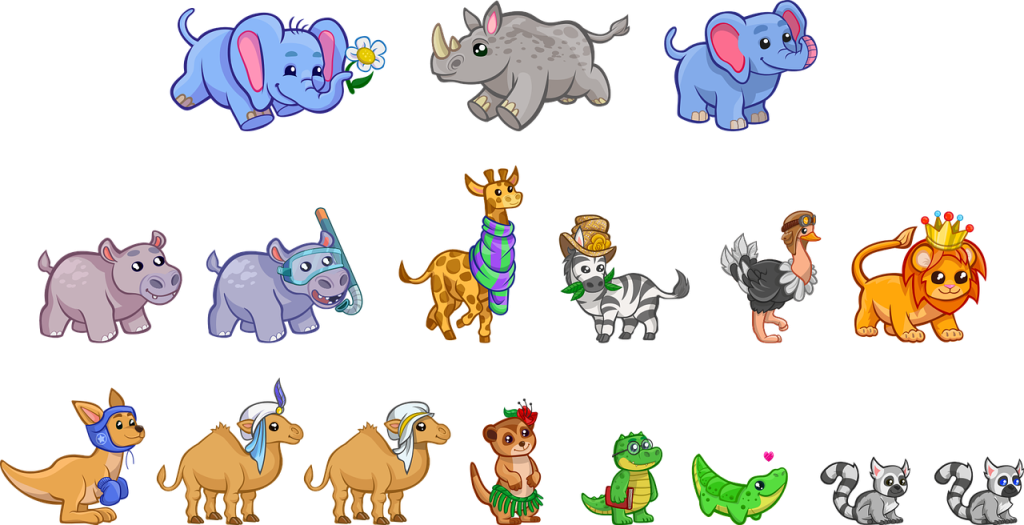
Chobe National Park
Weather and Climate
Chobe National Park is located in the northeastern part of Botswana and boasts a diverse range of habitats, including the Chobe River, floodplains, and woodlands. The weather in this region is similar to the rest of Botswana, with hot, dry conditions during the dry season and more moderate temperatures during the rainy season.
Wildlife Viewing
Chobe National Park is famous for having one of the largest concentrations of elephants in Africa. Both dry and rainy seasons offer exceptional wildlife viewing opportunities, with a wide variety of animals, including elephants, lions, buffalos, giraffes, and numerous bird species. The Chobe River is a wildlife hotspot, attracting animals from miles around to quench their thirst.
Activities
There are several activities to enjoy in Chobe National Park, including game drives, walking safaris, and boat cruises. Game drives provide a chance to explore the park’s diverse landscapes and encounter a wide range of animals. Walking safaris offer a more intimate experience, allowing you to track wildlife on foot and appreciate the finer details of nature. Boat cruises along the Chobe River provide a different perspective and offer incredible sightings of animals coming to drink at the river’s edge.
Migration of Elephants
One of the unique attractions of Chobe National Park is the annual migration of elephants. As the dry season progresses and water sources become scarce, large herds of elephants congregate along the banks of the Chobe River. Witnessing these majestic creatures in their natural habitat, interacting and quenching their thirst, is truly a sight to behold.
Moremi Game Reserve
Weather and Climate
Moremi Game Reserve is situated in the northeastern part of the Okavango Delta and offers a unique blend of wetland and dry savannah environments. The weather patterns in Moremi are similar to those of the rest of the Okavango Delta, with hot temperatures during the dry season and more moderate temperatures during the rainy season.
Wildlife Viewing
Moremi Game Reserve is a haven for wildlife, boasting one of the most diverse populations in Botswana. The reserve is home to elephants, lions, leopards, cheetahs, wild dogs, and an impressive array of birdlife. The dry season provides excellent game viewing opportunities, as animals are drawn to permanent water sources. During the rainy season, the lush vegetation makes it a haven for herbivores, attracting predators in search of prey.
Activities
Activities in Moremi Game Reserve include game drives, walking safaris, and bird watching. Game drives offer the chance to explore the reserve’s diverse landscapes and encounter a wide range of wildlife. Walking safaris provide a more immersive experience, with the opportunity to track animals on foot under the guidance of experienced guides. Bird watching is exceptional year-round, but the rainy season brings an influx of migrant species, enhancing the diversity of birdlife.
Central Kalahari Game Reserve
Weather and Climate
The Central Kalahari Game Reserve is the largest and most remote game reserve in Botswana, covering vast stretches of the Kalahari Desert. The weather in the reserve is characterized by hot and dry conditions, with temperatures reaching their peak during the dry season.
Wildlife Viewing
Despite the harsh conditions, the Central Kalahari Game Reserve is home to a surprising array of wildlife. The dry season offers ample wildlife viewing opportunities, as animals congregate around the few remaining water sources. Visitors may encounter lions, cheetahs, giraffes, zebras, and various antelope species. The reserve is also known for its population of black-maned Kalahari lions.
Activities
Activities in the Central Kalahari Game Reserve revolve around game drives and guided safaris. Exploring the expansive landscapes of the reserve, dotted with ancient baobab trees and vast plains, provides a unique wilderness experience. The dry season allows for off-road driving, maximizing the chances of spotting elusive wildlife.
Safari Options
Botswana offers a variety of safari options, catering to different preferences and budgets. From luxury lodges and tented camps to self-drive safaris and mobile camping, there is something for everyone. The dry season is usually the peak season for safaris, so it’s advisable to book well in advance, especially if you have specific preferences or requirements.
Conclusion
Choosing the best time to visit Botswana depends on your personal preferences, what you hope to experience, and the activities you wish to engage in. The dry season, from May to October, offers excellent wildlife viewing opportunities and a chance to explore the diverse landscapes of Botswana. On the other hand, the rainy season, from November to April, brings lush greenery, an abundance of birdlife, and the calving season for many animals. The shoulder seasons, April-May and September-October, provide a balance between the dry and rainy seasons and often offer fewer crowds. The Makgadikgadi Pans and Kalahari Desert provide unique experiences, with the opportunity to witness the migration of zebra and wildebeest during the rainy season. The Okavango Delta, Chobe National Park, Moremi Game Reserve, and Central Kalahari Game Reserve each offer their own distinct attractions and activities throughout the year. Consider your preferences, the specific region you wish to visit, and the wildlife you hope to encounter when planning your trip to Botswana. With its incredible landscapes and diverse wildlife, Botswana guarantees a memorable safari experience that will leave you in awe of the natural world.

